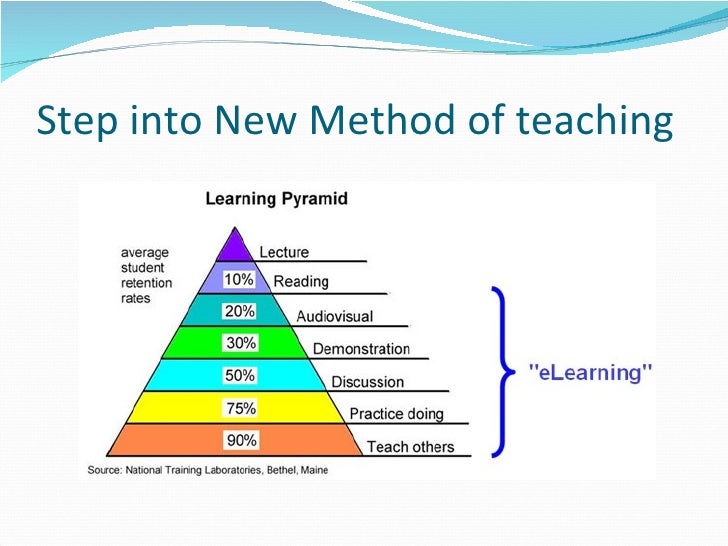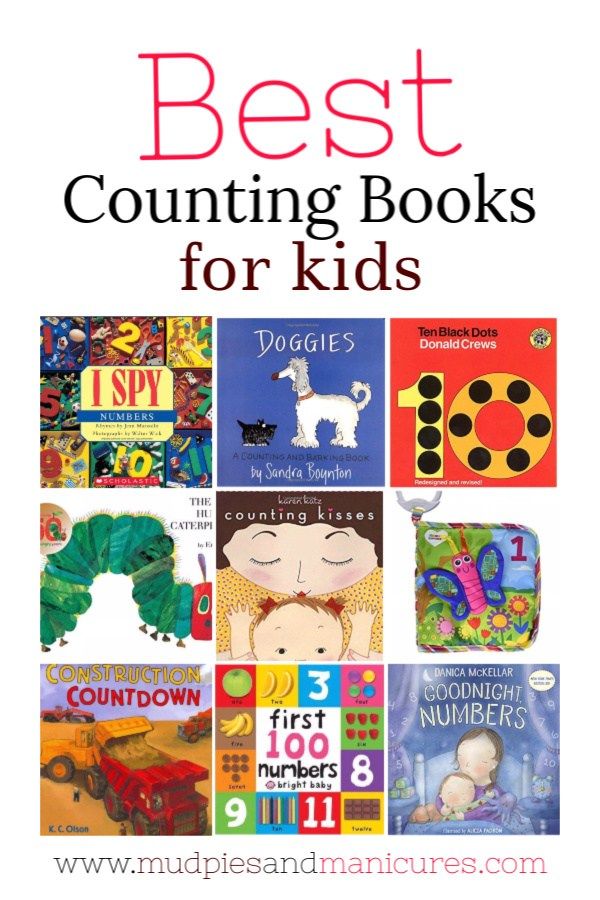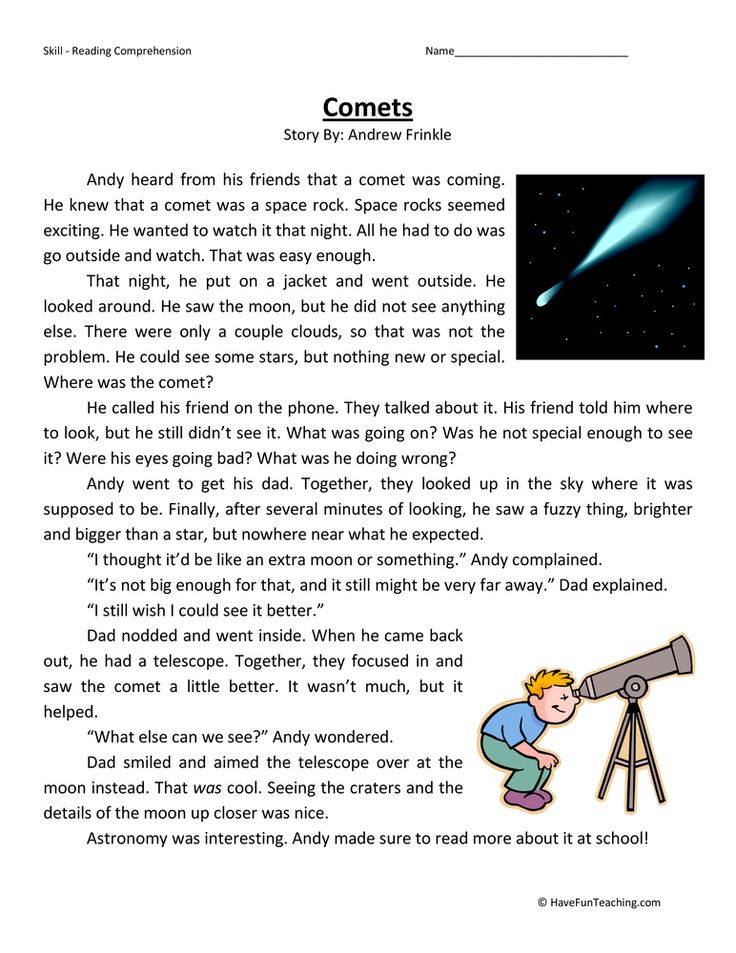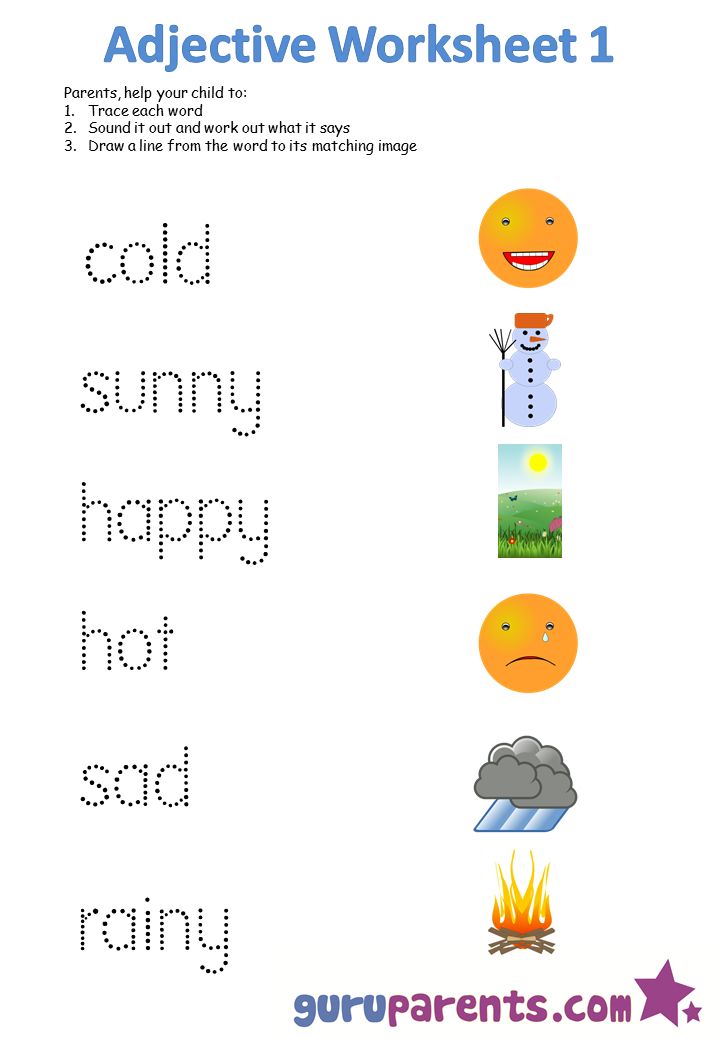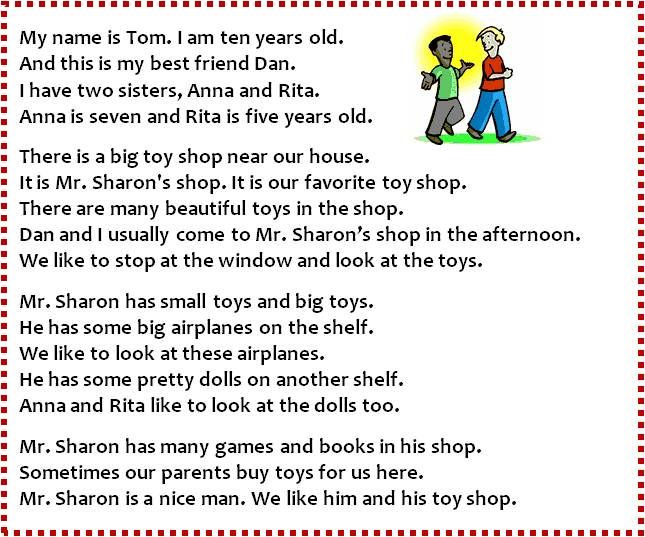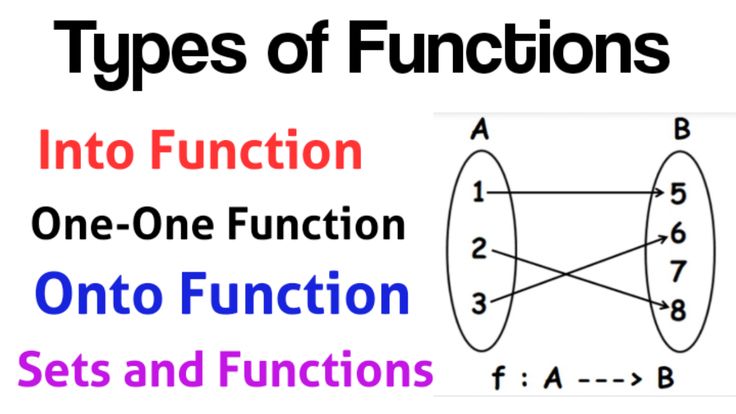Determining reading levels
How To Determine Your Child’s Reading Level And Choose The Best Books
When you sit down to read a book, you want to enjoy the story in front of you. The same is true for your child. That’s why uncovering your child’s reading level is an important step in fostering their love of words from a young age!
Consider the different factors that allow kids to enjoy the books they read. For example, does it tie into their interests, and is it slated as an appropriate option for their level? By answering these questions, you can make sure they’re reading books that are just right for them!
If your child is in school, you’re probably no stranger to jargon like “reading level.” But what exactly does Lexile Framework, Guided Reading Levels (GRL), or Developmental Reading Assessment (DRA) actually mean?
Additionally, if your child is just starting to read on their own (or already reading independently) and is learning from home, how can you figure out what reading level is right for them? If any of these thoughts have crossed your mind, you’ve come to the right place.
We’re here to answer your questions so you and your child can sit down and enjoy a good book together!
What Is A Reading Level?
A reading level is simply a measure of your child’s ability to read text. It reflects how well your little one can read independently. Importantly, reading levels help you choose books that are a good match for your child while still presenting a challenge.
Keep in mind these levels are meant to be helpful, not stressful. They don’t limit your child, but, rather, help them blossom into a fluent, excited reader.
When your child reads books that are appropriate for their current reading level, it boosts their confidence so they can truly enjoy reading! Also, knowing what level your child is at allows you to work with them to improve their skills.
That being said, it’s important to remember that children are unique and develop differently. Comparing your child to their peers isn’t necessarily the best approach when trying to assess their reading ability.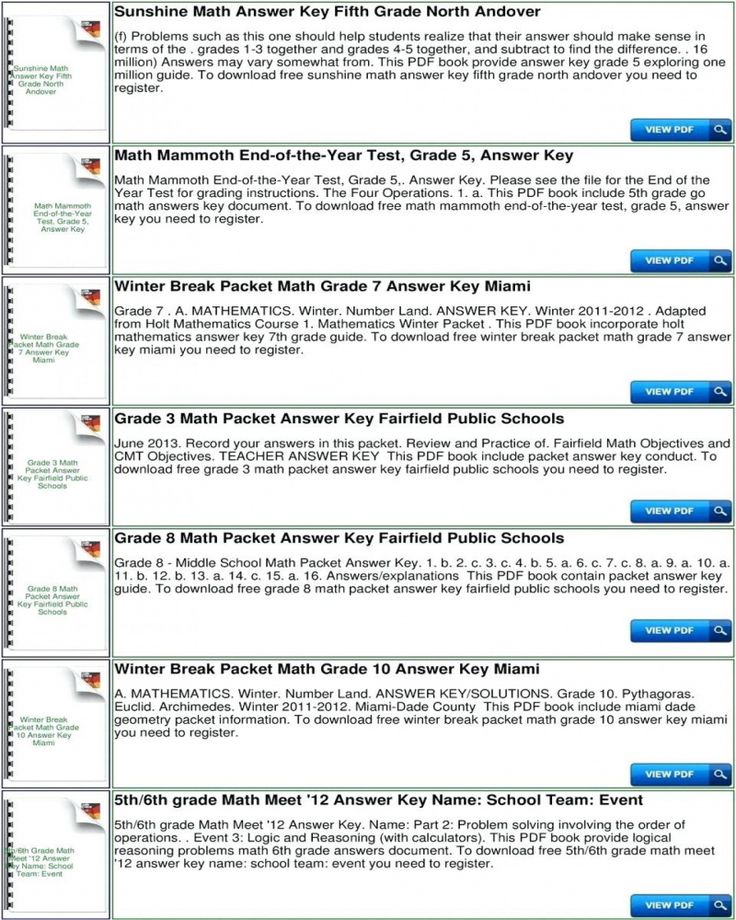
Why Is Determining Reading Level Important?
It’s helpful to determine your child’s reading level so you can find books that are appropriate for them to read on their own: not too difficult but challenging enough to encourage growth.
Reading level classification is a convenient tool you can use when searching online or at the library. And when you provide books that are on your child’s level, you create excitement and build their confidence, which can lead to a lifetime love of learning and reading!
If you’re looking for ways to help your little one read at the best level for them, Our new app HOMER Learn & Grow has a Stories section that gives age-appropriate story recommendations!
This is a great resource that takes your child’s specific interests and recommends stories just for them. What’s more, your child can choose to read along or read on their own.
How Is Your Child’s Reading Level Measured?
Your child’s reading level is usually measured at their school in first or second grade, and we’ll show you how that’s done.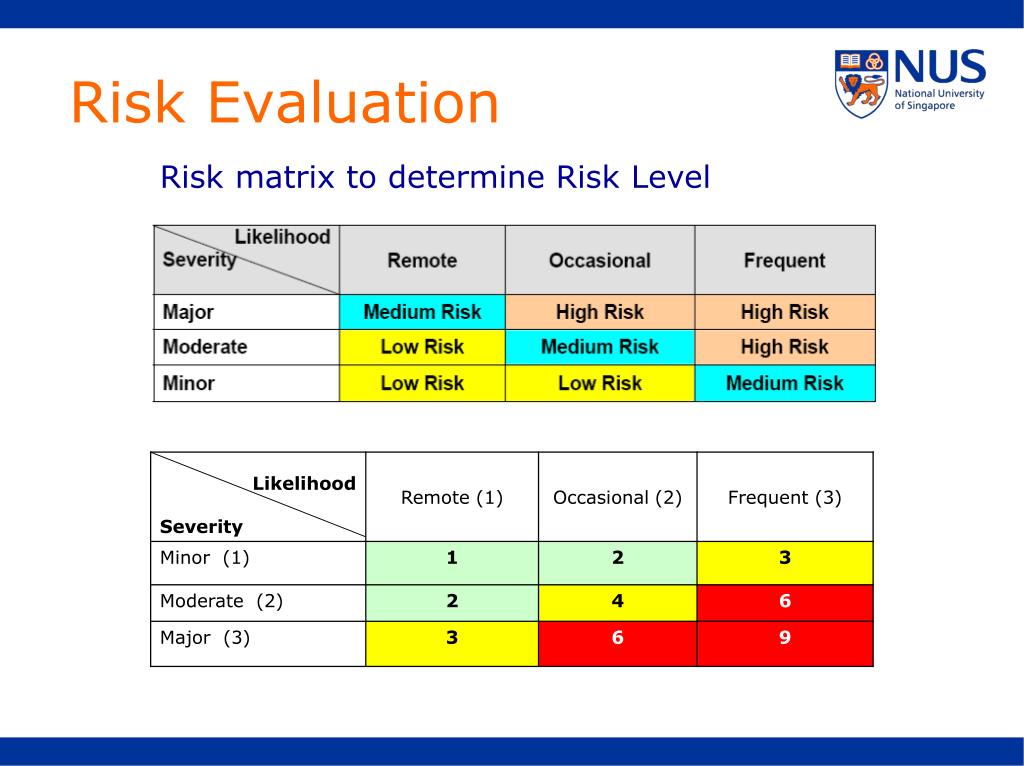 Here’s a tip: since your child’s teacher knows their reading level, consider asking the teacher (or the school librarian) for books your child can read at home.
Here’s a tip: since your child’s teacher knows their reading level, consider asking the teacher (or the school librarian) for books your child can read at home.
Don’t worry if your child isn’t in school yet or if they’re homeschooled. We’ll show you how you can measure their reading level at home, too!
Before we dive in, it’s important to note that we think of books for kids at three levels: independent reading, instructional reading, and frustrating to read.
As the names indicate, independent reading books are ones a child can read with ease and without support from an adult.
Instructional ones are the books just above independent that teachers might use to stretch a child’s reading as they offer support while the child makes that next step. Finally, frustrating books are too hard for a child to read even with adult guidance.
Now that you have an idea of how to think of the different books your child might encounter, let’s talk about the tools used for determining or describing reading levels.
Lexile Framework For Reading
Lexile Framework For Reading is an educational tool that ranks books by order of their difficulty using a scale called a Lexile. Usually, your child’s teacher will determine their Lexile reading level and then choose books that have a matching score.
The Lexile score, or measure, describes your child’s reading ability and matches them with books and other reading materials. This measure ranges anywhere from 0L to 2000L.
Kids are encouraged to read within their Lexile “range” — 50L above to 100L below their actual level. For instance, if your little one is reading with a Lexile measure of 500L, they would read books ranging anywhere from 400L to 550L.
Using standardized assessments, schools will often measure a child’s reading level several times a year to help them select books that are appropriate for independent reading.
Guided Reading Levels (GRL)
GRL is a guided reading system used in some schools.
To determine reading levels using GRL, children sit one-on-one with their teacher and read from a book that’s considered standard for their grade level — a “benchmark” book. GRL books range from A to Z with A being the easiest.
GRL books range from A to Z with A being the easiest.
While reading these books, the teacher will take notes on any missed words and ask comprehension questions, such as, “When did the story take place?” or, “What was the problem in the story?”.
Through guided instruction, the teacher will gradually move children into more difficult books.
Developmental Reading Assessment (DRA)
DRA is a standardized reading test given by teachers or reading specialists. As with GRL, children sit individually with the test administrator and read a book.
Several factors are taken into consideration to determine reading level, including:
- Reading comprehension
- Phonemic awareness
- Fluency
DRA books are labeled with an A for the easiest books and then move into a numerical grading system. The levels range from 1 to 80 with 1-3 representing a kindergarten reading level and 80 representing an eighth-grade reading level.
Once a child has a DRA or a GRL level, a teacher or parent can search for the reading level of any particular book and can usually discover either the Lexile, DRA, or GRL of that particular text.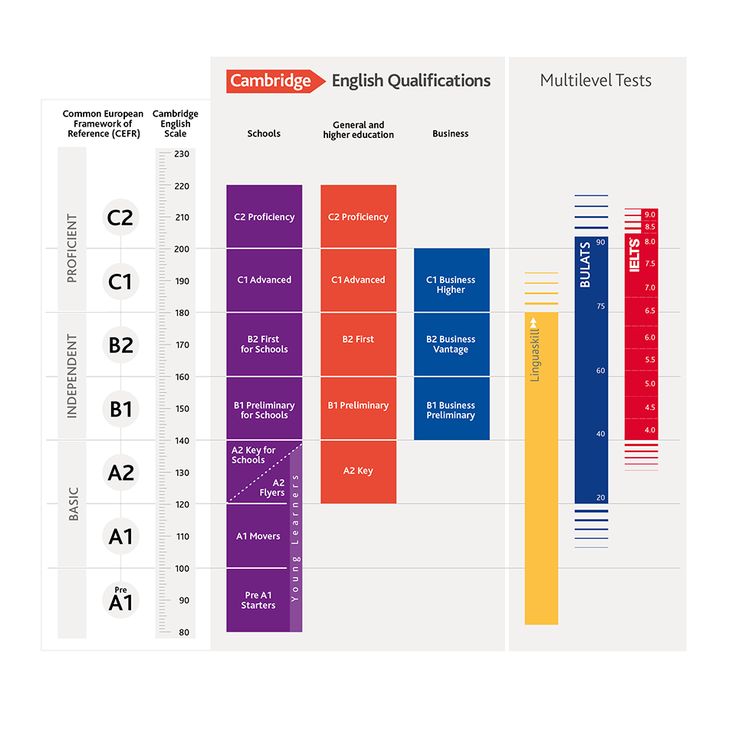 Here’s a chart for your reference.
Here’s a chart for your reference.
At-Home Reading Levels
If you’re looking for a way to find out your child’s reading level without using any of the methods listed above, you might try the five-finger rule.
For the five-finger rule, choose a book and flip to any page. If your child seems to have trouble reading more than five words on the page, it’s a good indicator that the book is too advanced for them.
To be sure, though, you can have your child try another page, especially if they seem eager to read a particular book.
This can be a helpful strategy, but it’s OK to let your child try a book and see how the reading goes. If a book is too hard, most kids will figure that out — and there is nothing wrong with reading books that are too easy!
Sometimes a child may be interested in a book that’s a little too hard for them. If this happens, we encourage you to read aloud to your child. You can also read together by alternating pages, paragraphs, or sentences.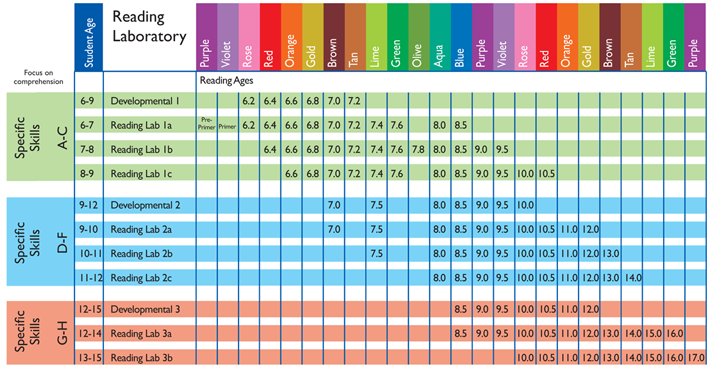
It’s important not to completely avoid books that may be a little above your child’s reading level.
Even if your child struggles a bit to read them without assistance, these books can still be beneficial in helping build their vocabulary, improve comprehension, and increase general knowledge — not to mention, encourage their love of reading!
When your emerging reader seems overwhelmed by one book, you can always give the five-finger rule a try with other books until you find the right match. And if your child is particularly interested in a topic, you can always read the book to them and stop on words you know they can read.
Also remember that when a child is really enjoying a book and highly motivated to read it, they will read at a higher level than if the material is not as interesting to them.
Tip: Most libraries and bookstores have books arranged by reading level so you can easily choose the best one for your emerging reader!
Feel free to ask librarians and knowledgeable staff at bookstores to offer suggestions.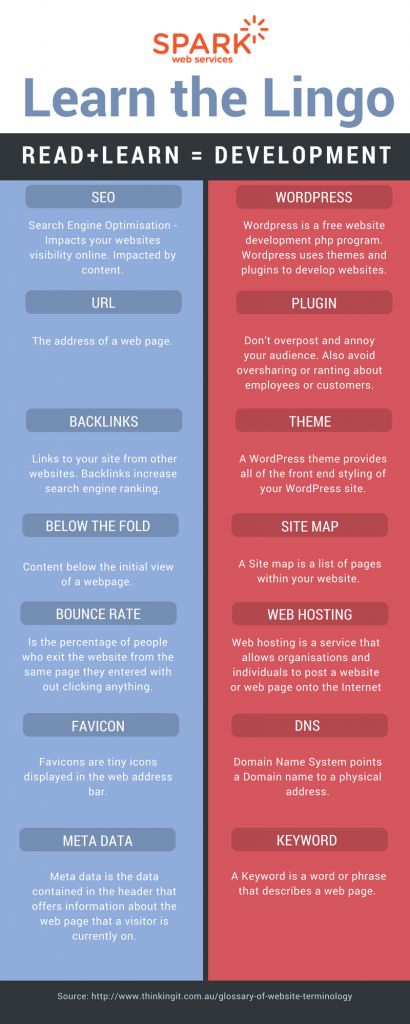 You could even say something like, “My child happily read a Clifford book; can you suggest others at the same level?”
You could even say something like, “My child happily read a Clifford book; can you suggest others at the same level?”
How To Help Your Child Become A Stronger Reader
As we mentioned earlier, you can easily determine your child’s reading level at home so that you can help them choose books that are just right! We suggest incorporating some of the tips below to help your child become a stronger reader.
Start With Clues
- Is your child using “sounding out” techniques to figure out unknown words?
- When your child reads, are they getting tripped up by sight words — common words that are hard to sound out?
- Is your child using pictures to help them understand what is written on the page?
- Is your child using context clues to figure out what word makes sense to come next as they read sentences?
Check Vocabulary
- Play games with your child to see what words they know. For example, say a sentence and point out one word in the sentence.
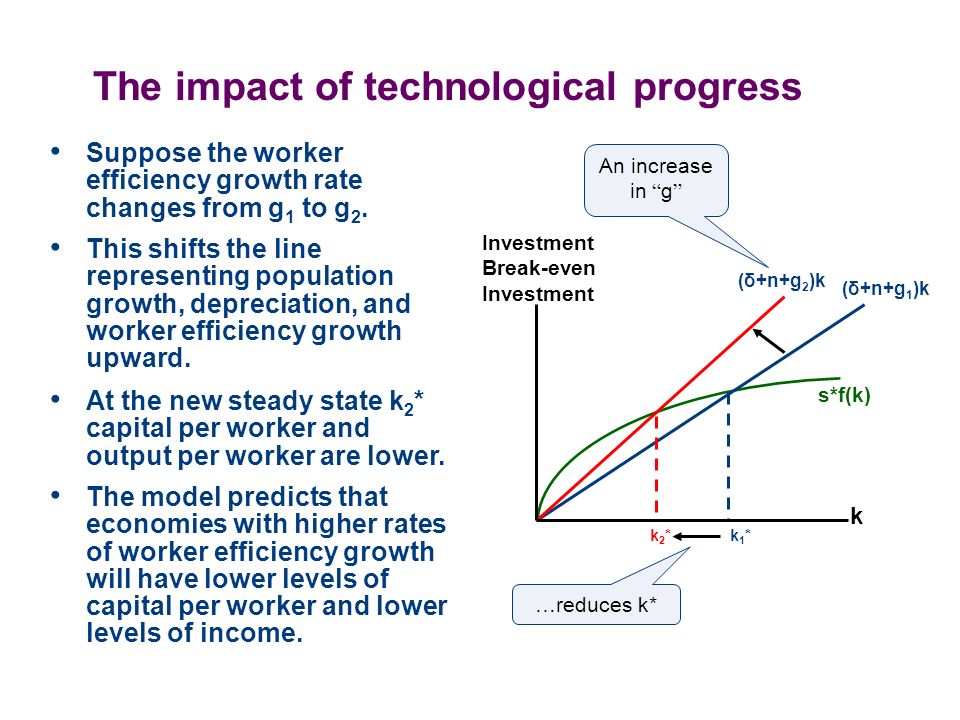 Then ask them if they can come up with a different word (synonym).
Then ask them if they can come up with a different word (synonym). - Play synonym games to see what words your child knows. For example, challenge yourselves to think of 10 or more ways to describe speaking (shout, whisper, mumble).
While you’re talking with your child, describe something specific from your day. Make sure to use interesting adjectives, and don’t hold back from using sophisticated vocabulary when talking with your child.
You can help your child’s vocabulary grow through day-to-day conversations and activities!
Ask Comprehension Questions
Understanding what they read is an important part of your child’s reading journey.
- To check for reading comprehension, we suggest pausing every other page to talk about what you’ve just read. Make this a natural reaction to the story, like you’re thinking aloud about the story or characters, so that it doesn’t feel like a test.
- Consider encouraging your child to act out and retell the story (for younger children).

- Try discussing themes/lessons with your child (for older children). Remember: this isn’t a test, but a conversation between book lovers!
Talk To Your Child
When most people implement strategies to help their children improve their reading skills, they often forget about the importance of verbal communication. It’s essential to talk to your child frequently in short and simple sentences.
This includes singing songs, telling them wonderful stories, reciting fun nursery rhymes, and describing the world around them. All of this exposes children to lots of different words. It also helps them learn that language is a powerful tool for communication.
Discover Your Child’s Favorite Books
- Children often choose books that are a little below their actual reading level. At home, this is a good thing. It keeps reading fun and exciting!
- We recommend choosing books that interest your child — with a certain character or activity they like — so they’re curious and excited about reading.
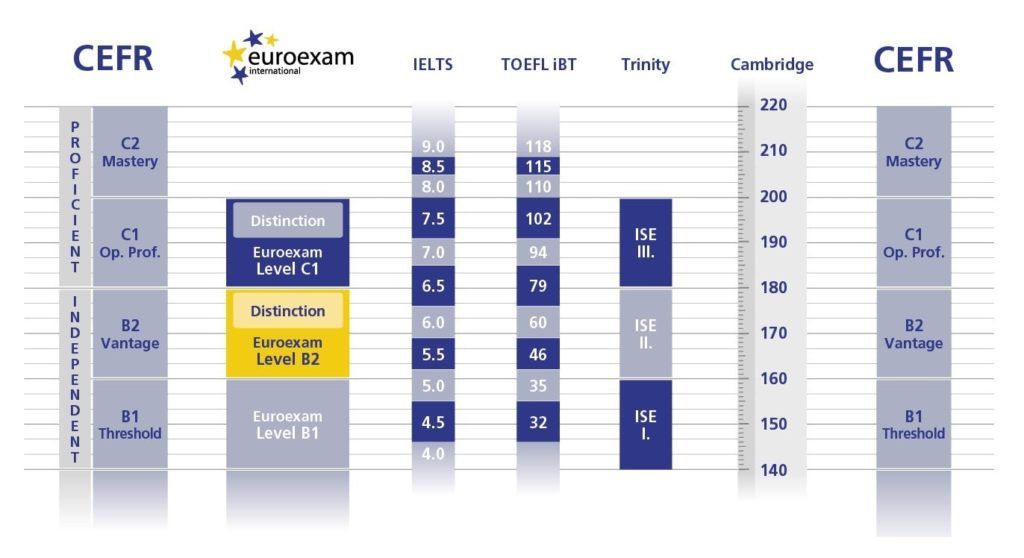
Reading books your child enjoys together can encourage their love of reading. And letting them read those same books to you can boost their confidence over time.
Together, these two activities increase your child’s fluency and reading enjoyment!
Create A Reading Corner
Establishing a reading corner in your house can benefit your child. The setup doesn’t need to be elaborate. This can be a simple, quiet, private area where your child can confidently read independently or with you.
It’s also great for the spot to be well-lit and filled with lots of books your child enjoys reading.
Is Reading The Same Book Over And Over OK?
Just like you might pick up an old favorite book to read, your child may do the same, and that’s OK! At least you know they’re enjoying a good book and the process of reading!
Rereading books can have many benefits for a child, including:
It allows children to get more from the text. Have you ever developed a deeper understanding of a story after rereading it? That’s because the more you engage with a story, the more you can take away from it.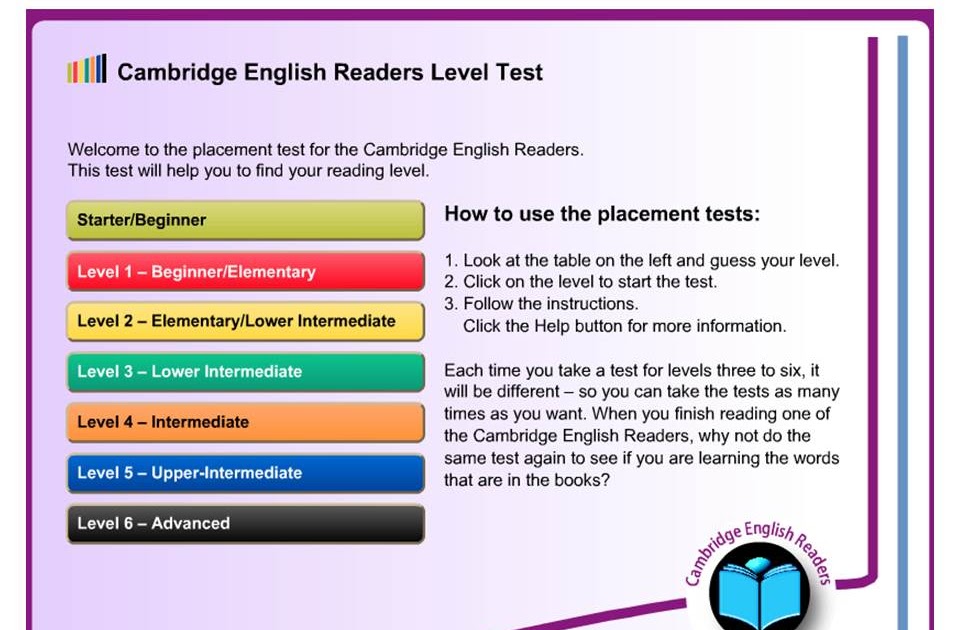
You can pick up on new information, establish connections between yourself and some of the characters, and even improve your understanding of the overall story.
Similarly, allowing your child to read their favorite books for the second, third, fourth (or more) time will enable them to get more from the story.
It also allows for bonding. Did you know that rereading books can help bring your family closer together?
Many of us remember a couple of books that our family read together regularly. This can be a holiday book or a favorite story. Rereading is a great way to get the whole family involved, as everyone can take turns reading and connecting on the same story.
What’s more, reading familiar books can actually help develop a young reader’s fluency. It allows them to learn the words and helps them become familiar with narrative structure or storylines (i.e. beginning, middle, and end), which builds reading comprehension later on.
So feel free to let your child choose the same book over and over!
FAQs About Reading Levels
What Reading Level Should My Child Be In Each Grade?
It’s challenging to answer this question because each child is different and will naturally develop at their own pace.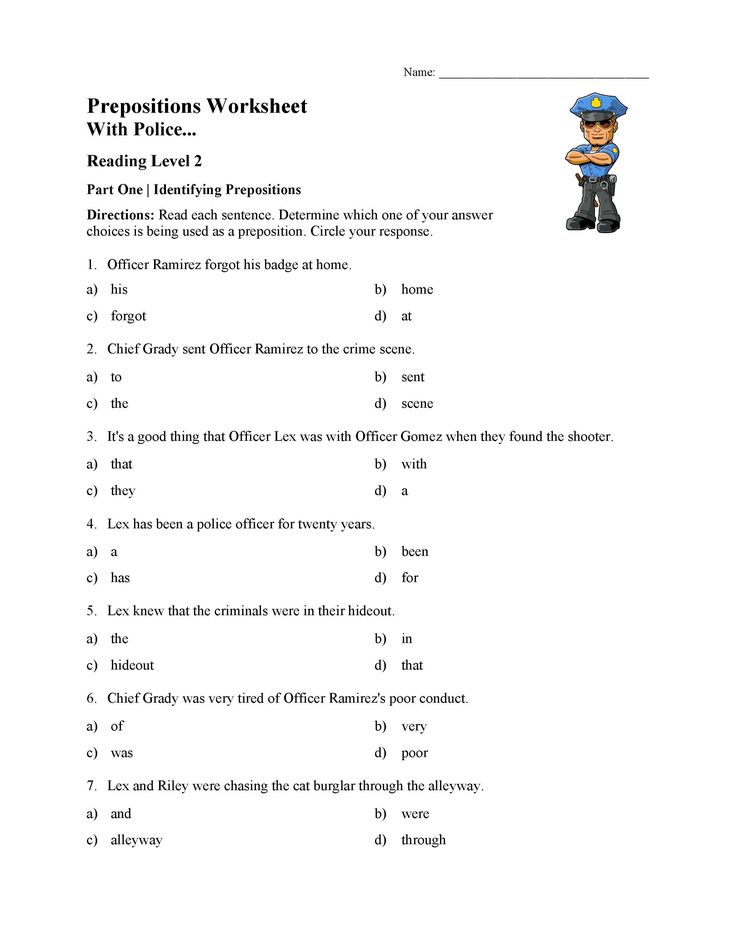 For example, just because your child’s friend has started reading fluently doesn’t mean your child will be able to do that yet.
For example, just because your child’s friend has started reading fluently doesn’t mean your child will be able to do that yet.
While no parent wants their own child to be a little behind compared to their peers, putting too much pressure on them to “catch up” might actually have an adverse effect. In fact, they might feel overwhelmed by the pressure and develop a negative attitude toward reading.
It’s also important to note that there’s no direct link between a certain Lexile measure and a specific grade level. When using any of the reading level measures we mentioned, remember that they are an estimate of a child’s performance and shouldn’t be interpreted literally.
Also, if you’re really concerned about your young learner’s development, you can always address those concerns with their teacher or another professional. They can offer tips and advice on how to best work with your child.
Finally, remember to be patient and positive no matter what. With lots of time and effort, your child will develop a lifetime love of reading!
Who Can Help Me Choose Books That Match My Child’s Reading Level?
The best place to start is to consult your child’s teacher.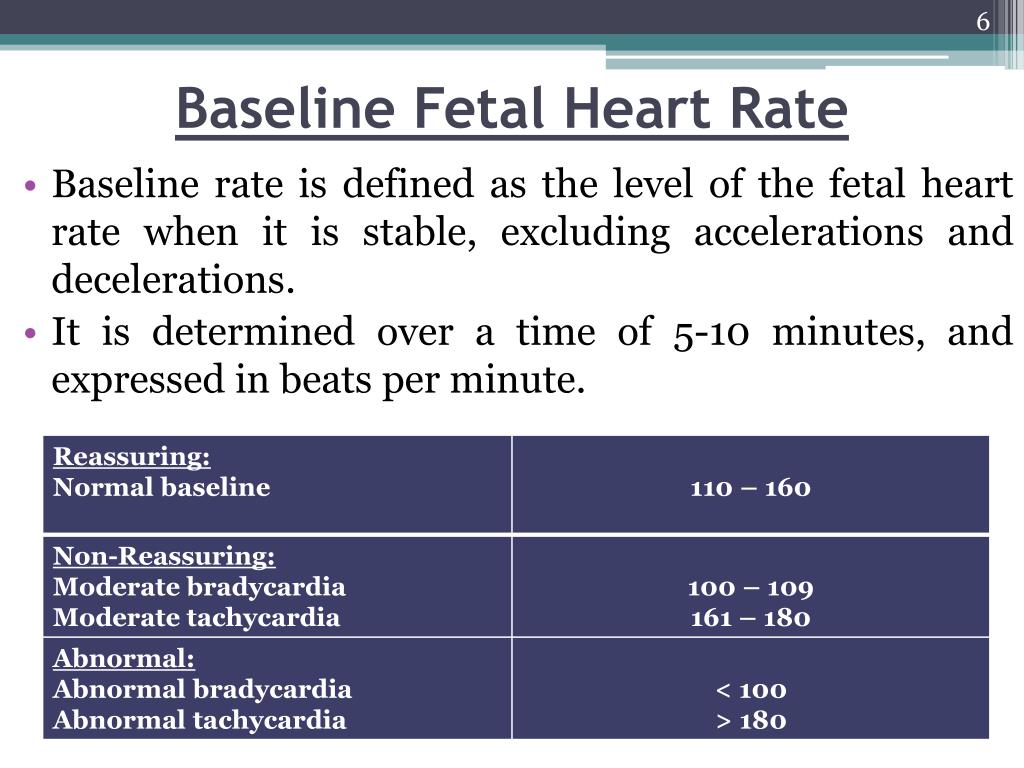 They will have the expertise to guide you in buying the right books for your child.
They will have the expertise to guide you in buying the right books for your child.
It’s also possible for you to look up most books online and find their reading levels. Furthermore, for beginner readers, there are publishers who label books in stages with age and/or grade suggestions attached.
If you’re homeschooling, you can also reach out to your local librarian or bookstores. As people who spend each day surrounded by books, they often have knowledge on this topic and may be able to recommend a few relevant books in your child’s reading level.
What If My Child Is Reading At A Lower Level?
The last thing a parent wants to hear is that their child’s reading level isn’t on par with their peers. But what can you do if, from the assessment used at your child’s school, you find out that your young learner is reading below the average grade level?
Firstly, it’s important not to panic. As mentioned earlier, kids develop reading skills at different stages of their development.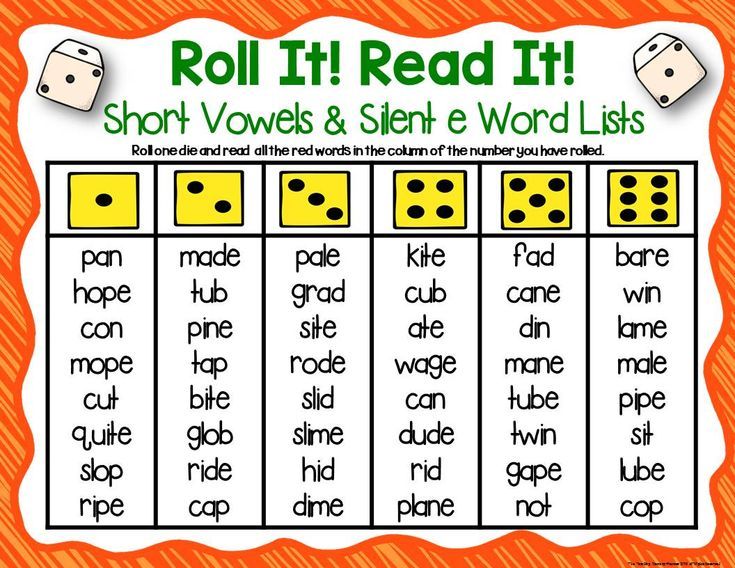 Some children might be early readers, while others may take time to get there.
Some children might be early readers, while others may take time to get there.
The most effective way to help your child improve their reading level is by continuing to encourage reading at home. While reading, remember to discuss the content to ensure comprehension.
Reading For Fun
From assessments to the five-finger rule, determining reading levels varies across the board. No matter which method you choose, remember these measurements are meant to be helpful and encouraging, not stressful and limiting.
Keep this in mind when assessing your young learner. You don’t want your child to sense any stress about their abilities, as this might overwhelm them and have an adverse effect on how they view reading.
While reading is an essential early learning (and lifelong) skill, you want your child to LOVE reading and not only view it as a test of their intelligence.
At the end of the day, the way reading makes your child feel is more important than their reading level.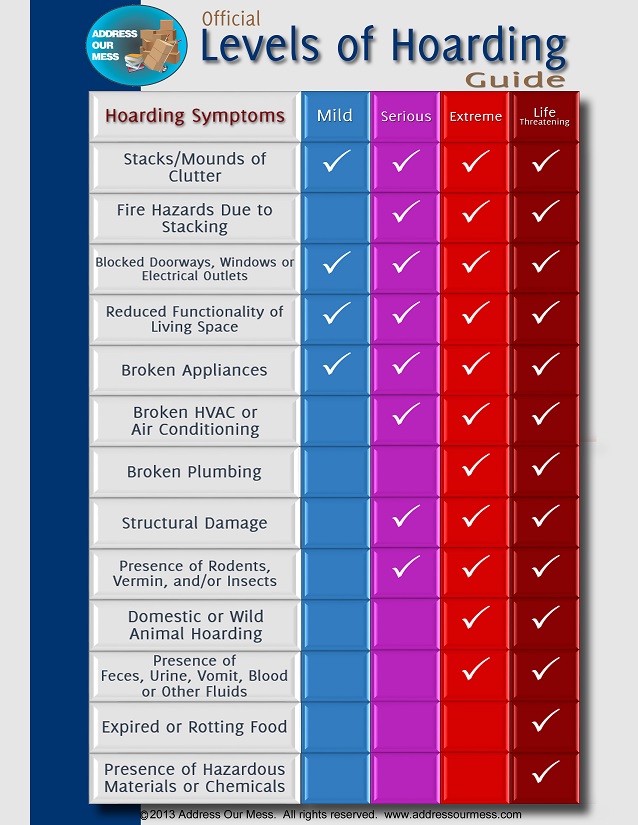 Each child learns in a way that’s special and unique to them.
Each child learns in a way that’s special and unique to them.
The HOMER Road To Reading
The road to discovering how to read can be a fun ride, but sometimes it’s bumpy. This is why we’re more than a learning program. We’re your learning partner.
If you’re looking for a resource to help develop your child’s love of reading and learning, consider taking a look at the HOMER Learn & Grow app. It’s full of stories curated based on your child’s interests!
When your child develops a love for reading, they’ll move up to the next level before you can say “Developmental Reading Assessment”!
Author
Assessing a Student's Level | Reading A-Z
Digital
Running Records
on Raz-Plus
With our online running record tool, Raz-Plus or Raz-Kids members can:
- Assign a Benchmark Book from Levels aa-J
- Assign a Benchmark Passage from Levels aa-Z2
- Listen to students' recordings from reading aloud a book or passage.
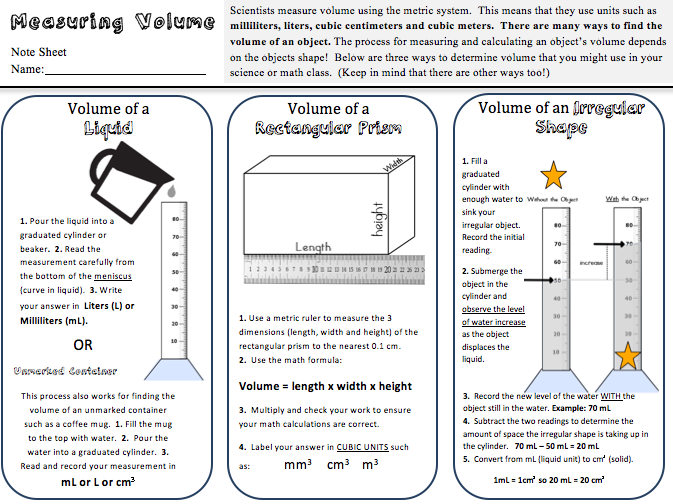
- Score all student recordings using an online running-record tool.
- Listen to students' recordings of retellings.
- Score retellings using an online rubric.
- See quiz questions missed and a report on which comprehension skills to support or re-teach with each student.
- Reward students' progress through awarding stars to spend in the RAZ Rocket.
- Track your students' progress over time.
Reading A-Z provides a three-part assessment process to help you place students in instructionally appropriate level texts.
- Find out at which level to start a student.
- Determine when a student is ready to move to the next level.
Part 1: Students read Benchmark Passages or Benchmark Books (Levels aa-J), and you capture their reading behavior on Running Records.
Part 2: Students retell the text, and you use Retelling Rubrics to score their comprehension.
Part 3: Students take an oral or written Comprehension Quick Check Quiz, and each question's answer tells what skill it assessed to help you identify comprehension skills for additional practice.
Part 1: Start with Benchmark Passages & Running Records or Benchmark Books & Running Records (Levels aa-J). Select a passage or book that best approximates a student's reading level. Use the running records that accompany each passage or book to score a student's reading behavior. (Initially you may have to take more than one running record to determine a student's instructional level.) To assess a student's instructional level in Spanish, use printable versions of the Spanish Benchmark Passages, or Pasajes estándar.
Review About Running Records to learn about the details of taking, marking and scoring a running record.
Parts 2 & 3: Retelling Rubrics and Comprehension Quick Check Quizzes provide details about a student's understanding and comprehension of the Benchmark Passage or Book.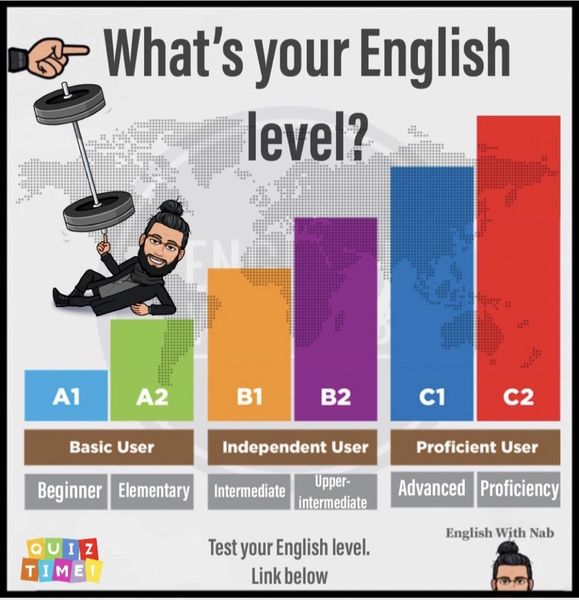
- Retelling Rubrics provide details that identify strengths and weaknesses students might have comprehending fiction or nonfiction texts; including analysis of text structures.
- Benchmark Passages and Benchmark Books (Levels aa-J) have multiple-choice Comprehension Quick Check Quizzes and answer keys. Use the skill tags on the answer key to see comprehension strengths and opportunities for additional instruction.
The three-part process establishes a baseline of your students' levels. Assign leveled books from Reading A-Z's extensive collection for small group practice at students' instructional levels. Allow students to choose books below their instructional levels for independent practice.
How Do I Monitor Students' Reading Progress?
Use Benchmark Books or Benchmark Passages and their associated resources for progress monitoring as students' reading at their instructional levels improves.
Assessment Schedule
| Developmental Level | Reading Level | Schedule |
|---|---|---|
| Beginning readers | Levels aa-C | every 2 to 4 weeks |
| Developing readers | Levels D-J | every 4 to 6 weeks |
| Effective readers | Levels K-P | every 6 to 8 weeks |
| Automatic readers | Levels Q-Z | every 8 to 10 weeks |
Students who are not progressing at the expected rate should be assessed even more frequently than the Assessment Schedule suggests.
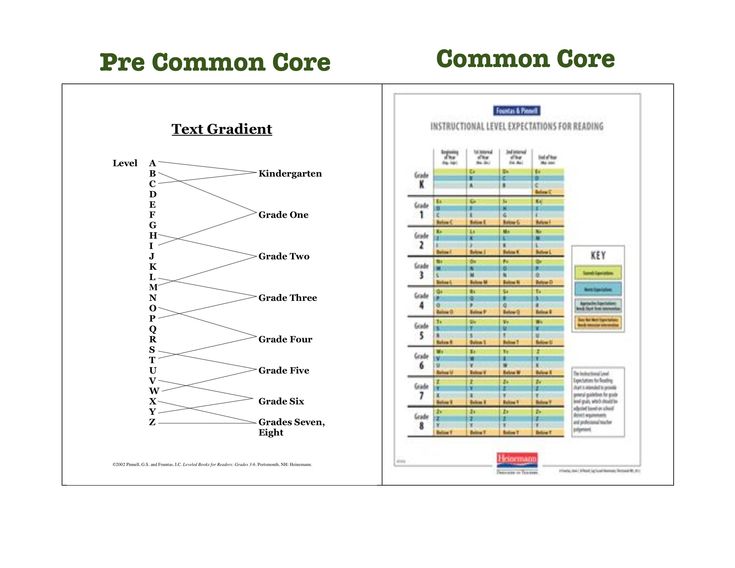
The scores your students achieve on running records, retellings, and comprehension quizzes give you valuable information about their reading behavior and comprehension. Use it to inform your instruction in addition to placing students and monitoring their progress.
Use the chart below along with the other information you learn from the three-part assessment process to determine if students are ready to move up a level.
Scores
| Running Record | Quick Check Comprehension Quiz | Action |
|---|---|---|
| 95% + | 100% | Advance Student a Level |
| 95% + | 80% | Instruct at this Level |
| 95% + | Lower a Level, Assess Again | |
| 90-94% | 80-100% | Instruct at this Level |
| 90-94% | Lower a Level, Assess Again | |
| N/A | Lower a Level, Assess Again |
For Raz-Plus members, results from the printable running records can be entered to display in a student's Reading Rate report in your Kids A-Z management hub.
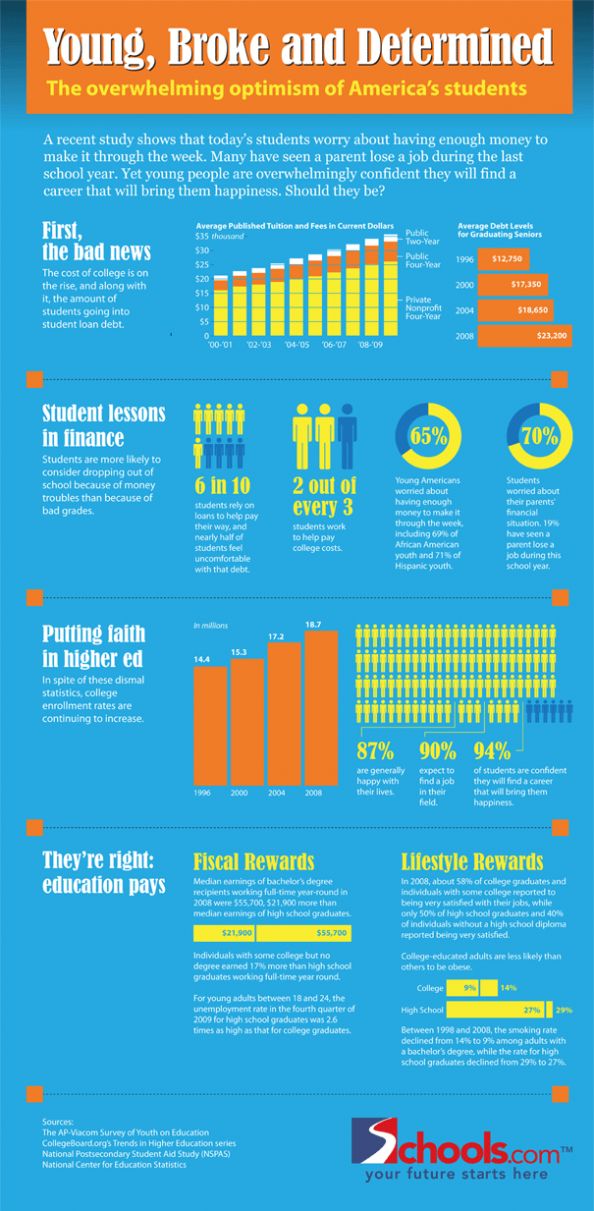 That way, you have not only the digital running records and assessment information, but also the results from printable running records—all in one place.
That way, you have not only the digital running records and assessment information, but also the results from printable running records—all in one place.How Do I Match Learning A-Z Levels to Other Leveling Systems?
For your convenience, Learning A-Z correlates its levels to other leveling systems. If you've already placed students in levels according to another system, please reference the Level Correlation Chart to determine how another system's levels best match Learning A-Z's levels.
The correlations are not official levels assigned by the other leveling systems, but rather an approximate correlation based on a comparison of attributes in books assigned official levels by both the other leveling system and Learning A-Z.
Reading analyst - reading levels.
CONTENT
- Group 1. Teaching the technique of semantic reading
- Beginner level (letter reading)
- Developing level (reading by syllable)
- Advanced level (reading in whole words and syllables with compound words)
- Free level (reading in whole words)
- Group 2.
 Development of reading competencies for subject education nine0006
Development of reading competencies for subject education nine0006 - Weak level
- Training level
- Independent level
The "Reading Analyst" system makes it possible to assess the level of reading competence for two groups - the group for teaching the technique of semantic reading (Group 1) and the group for developing reading competence for subject education (Group 2).
Although we assume that the first group will most likely include elementary school students from grades 1 to 4, and the second group will include secondary school children from grades 5 to 7, we strongly recommend taking into account the individual characteristics of children: if a child elementary school reads very well, test his reading competencies on tests of the secondary school group, but if a child in the fifth grade reads with a lot of technical errors, it may make sense to check his competencies on tests for group 1 elementary school and then select texts for reading corresponding to its level.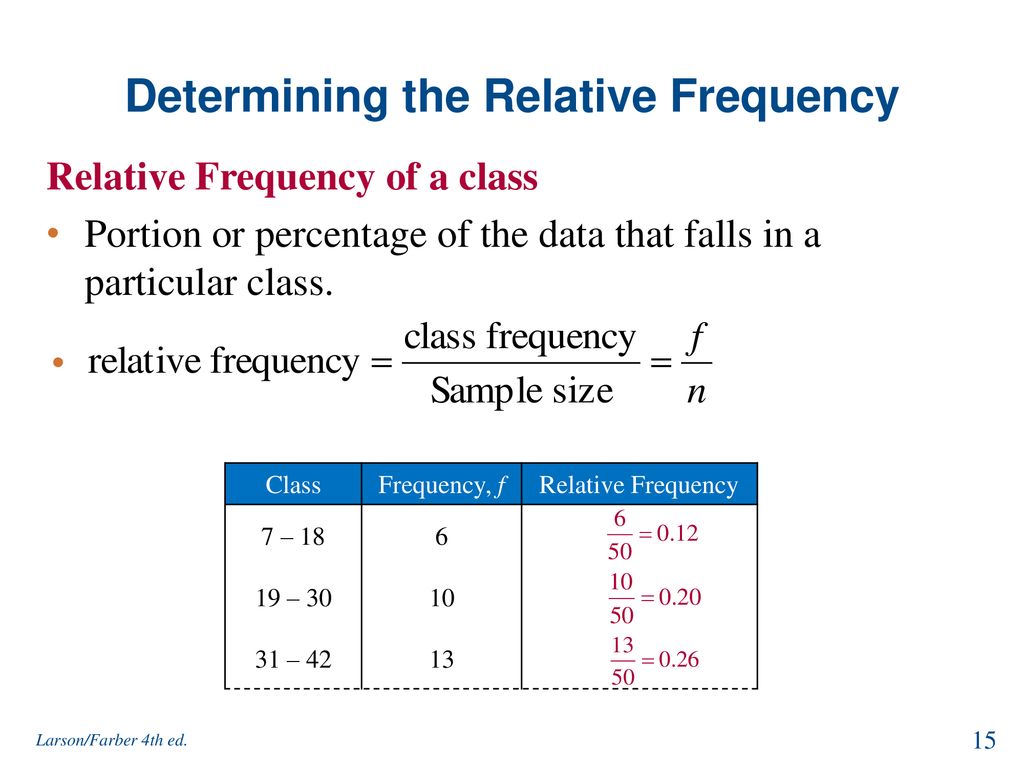 nine0005
nine0005
Below we offer brief descriptions of the levels that are determined during testing and evaluation of texts, and also give recommendations on the selection of texts for each level.
Group 1. Education of semantic reading technique
Description of the levels of competence of reading words. The reading speed is low, there is a recall of each letter separately. In some cases, there may be a breakdown in reading a word due to the large time interval between reading letters. Reading comprehension is limited to a word or phrase. The teacher's help is needed both in the name of the letters and their reduction into a word, and in keeping the attention on the text. Reading speed per minute - 10-15 words. nine0005
Recommendations for the selection of texts for the initial level of reading technique:
Texts of the initial level of reading technique are intended for mastering the reading skill from scratch and represent various types of alphabets and short texts necessary to consolidate the skill of recognizing and reading letters and short words.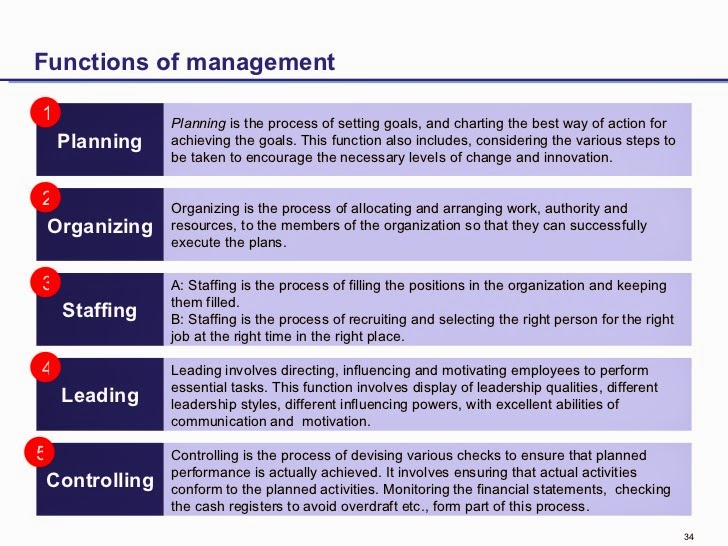 The transfer of the plot is carried out by 2-3 sentences connected sequentially with each other.
The transfer of the plot is carried out by 2-3 sentences connected sequentially with each other.
Features of texts suitable for this level:
Short texts of 30 words are suitable for beginners, the length of words should not exceed 5–6 letters. It is good if as many words as possible correspond to the following features.
- Words of one or two syllables.
- Three-syllable words must be open syllable (e.g. white ). Stressed vowels must be at the beginning of a word.
- Words begin with a consonant
- Words end in consonant
Very short and simple texts are required for this level of reading. Such texts are not evaluated by the Reading Analyst system, but are selected independently.
Developing level (reading by syllable)
Description of the level
Reading by syllables, in difficult places - spelling. There are many errors such as omissions of syllables and words, substitutions of letters and syllables. There is almost no orientation to punctuation, the intonation when reading does not correspond much to the content. Reading comprehension is low and fragmented. Reading speed is slow. There is a decrease in motivation to read when faced with difficulties. A teacher's help is needed to read words that have more than three syllables and have articulations of three consonants. Reading speed per minute - 35-50 words. nine0005
There is almost no orientation to punctuation, the intonation when reading does not correspond much to the content. Reading comprehension is low and fragmented. Reading speed is slow. There is a decrease in motivation to read when faced with difficulties. A teacher's help is needed to read words that have more than three syllables and have articulations of three consonants. Reading speed per minute - 35-50 words. nine0005
Recommendations for the selection of texts for the developing level of reading technique:
Texts for the developing level of reading technique are designed to strengthen reading skills, as well as for corrective work in the presence of difficulties in mastering it. May contain a short simple linear plot with a main character or main idea and a small number of secondary additional ideas. If necessary, the narrative can be divided into several small parts without compromising reading comprehension. nine0005
Features of texts suitable for this level:
Texts consisting of 70 words are suitable for the developing level, the length of words should not exceed 10 letters.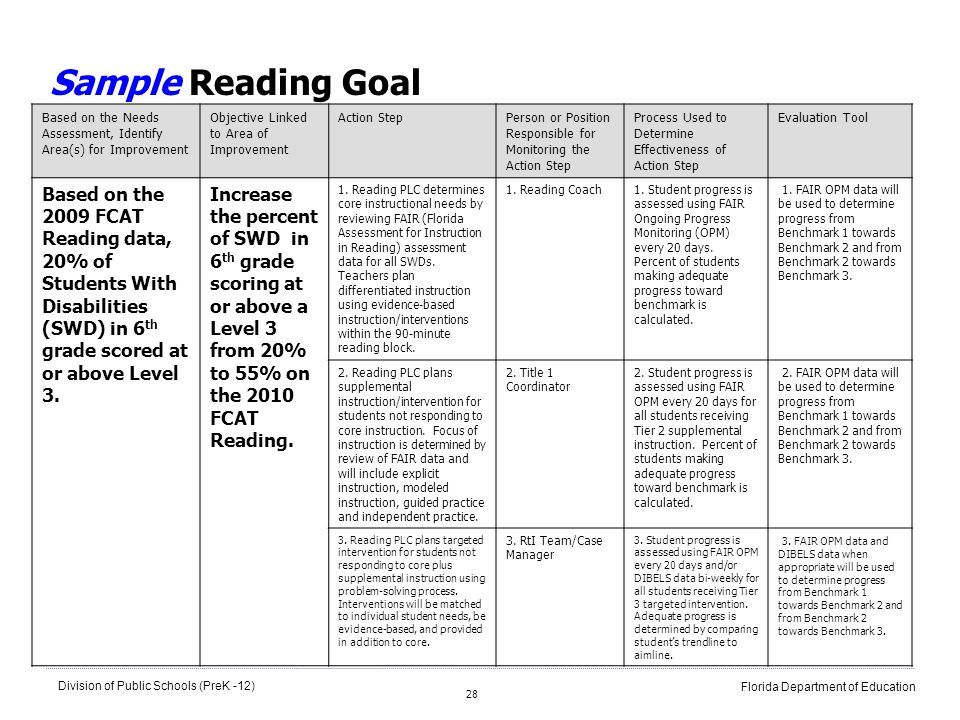 The text may contain words that have the following features:
The text may contain words that have the following features:
- Words with one closed three-letter syllable
- One-syllable words and two-syllable words with a combination of consonants at the beginning of the word (for example: coward , hello )
- Stress on the first syllable in two-syllable words and on the second syllable in three-syllable words (for example: lamp, candy )
- Words of three syllables and four syllables (alternating vowels and consonants) (for example: steamboat , ran )
- Nominative, accusative, dative and prepositional words
- Sentences with simple syntax: definition, subject, predicate. (For example: The white bird has arrived. )
- Offers with 2 homogeneous members
- Offers with 3 homogeneous members
- Impersonal offers
- Compound sentences
- Personal verbs
- Introductory words
Texts that are suitable for this level of reading, the "Reading Analyst" system refers to texts for developing reading level .
Advanced level (reading in whole words and syllables with compound words)
Description of level
Whole-word reading of easy words can switch to syllable-by-syllable reading in case of occurrence of polysyllabic, difficult or infrequent words. When reading, there may be errors in the repetition of words and syllables, difficulties in understanding some parts of the text. There is unevenness in the speed of reading and the transfer of expressiveness. Need help reading obsolete words, words with more than 5-6 syllables and texts of 3 levels of complexity. The understanding of the text is adequate, but fragmentary, there is an assimilation of the general plot of the narration, but the details and secondary ideas are not fixed. Reading speed per minute - 65-75 words. nine0005
Recommendations for the selection of texts for advanced reading skills:
Texts for advanced reading skills can be used to introduce new knowledge and develop competence in meaningful reading, in particular, reading comprehension and formulating answers to questions about the text.:no_upscale()/cdn.vox-cdn.com/uploads/chorus_asset/file/23385262/Screen_Shot_2022_04_12_at_4.13.56_PM.png) The narrative may contain several storylines or ideas, the number of secondary elements of the narrative may increase, but should remain within 5. The text should be divided into semantic parts. These texts can be offered to read for leisure reading to schoolchildren who have developed and fluent levels of reading technique. nine0005
The narrative may contain several storylines or ideas, the number of secondary elements of the narrative may increase, but should remain within 5. The text should be divided into semantic parts. These texts can be offered to read for leisure reading to schoolchildren who have developed and fluent levels of reading technique. nine0005
Features of texts suitable for this level:
Texts of about 100 words are best for the advanced level, the length of words should not exceed 14 letters. The text may contain words with the following properties:
- Monosyllabic words with a combination of consonants at the end of the word (for example: scarf )
- Two-syllable words with a combination of consonants in the middle of the word (for example: srot ) nine0007 Three-syllable words with a combination of consonants at the beginning, middle or end of a word (for example: beauty, harness)
- Words of four or five syllables (alternating vowels and consonants) (for example: drawing)
- Adverbs
- Genitive and instrumental words
- Complex sentences, sentences with coordinating conjunctions and sentences with direct speech
- Reverse word order in a sentence.
 (For example: Vasya came home late. -
(For example: Vasya came home late. - - The presence of cardinal numerals, pronominal adjectives and pronominal nouns
Texts that are suitable for this level of reading, the system "Reading Analyst" refers to texts for advanced reading level.
Free level (reading in whole words)
Description of the level
Reading in whole words with a small number of errors in new terms, obsolete words or polysyllabic words, infrequently occurring words. Errors can be noticed by the reader and corrected. There is respect for intonation and expressiveness. Comprehension of the text is complete, answers to questions are detailed. The reader understands causal relationships, can predict linear events. Reading does not require the help of a teacher. Reading speed per minute - more than 100 words. nine0005
Recommendations for the selection of texts for the free level of reading technique:
Texts for the free level of reading technique are suitable for studying the subject and forming mental operations of analysis and forecasting when working with text, which are part of the reading competence. The plot in the text may be non-linear with additional inclusions of secondary storylines or ideas. The story should be broken down into small semantic parts. For students with a free level of reading technique, to maintain motivation, the selection of texts includes the thematic interests of schoolchildren. Students can read such texts for pleasure. nine0005
The plot in the text may be non-linear with additional inclusions of secondary storylines or ideas. The story should be broken down into small semantic parts. For students with a free level of reading technique, to maintain motivation, the selection of texts includes the thematic interests of schoolchildren. Students can read such texts for pleasure. nine0005
Features of texts suitable for this level:
The free reading level allows you to read texts of 100 words, but words in the text can contain up to 18 letters. Words with the following parameters can be included in the text:
- Sentences with adversarial conjunctions
- Rarely used, obsolete words
- Foreign words
- The presence of participial phrases
Texts that are suitable in their parameters for this level of reading, the Reading Analyst system refers to texts for free reading .
Group 2. Development of reading competencies for subject training
Description of levels in the formation of reading competencies for subject training
Weak level
Reading level
It is difficult, no smooth, there are no smooth inaccuracies, mistakes.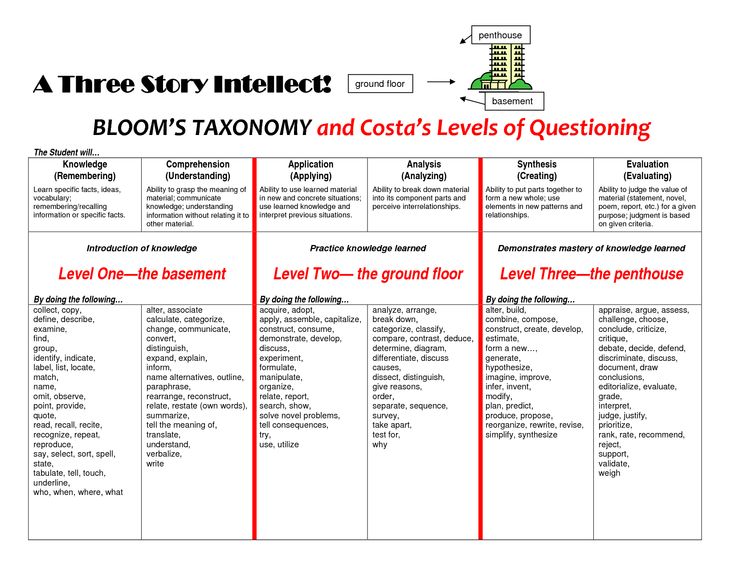 Comprehension of the text occurs at a superficial level. Most often, there is just voice-over of the text. Can read light text independently. Reading more complex texts requires the help of an adult. Reading accuracy is below 85%, error rate is more than 20 words. He can correct 1 mistake out of 5 on his own. Reading speed is slow, there is no orientation to punctuation marks. Understanding is not adequate, fragmentary, there are errors in understanding both the text itself, and the subtext, and beyond the text. There is no way to generalize and use the information read. There are answers to factual questions like: Who? What? When? Where? How much? Is not it? nine0005
Comprehension of the text occurs at a superficial level. Most often, there is just voice-over of the text. Can read light text independently. Reading more complex texts requires the help of an adult. Reading accuracy is below 85%, error rate is more than 20 words. He can correct 1 mistake out of 5 on his own. Reading speed is slow, there is no orientation to punctuation marks. Understanding is not adequate, fragmentary, there are errors in understanding both the text itself, and the subtext, and beyond the text. There is no way to generalize and use the information read. There are answers to factual questions like: Who? What? When? Where? How much? Is not it? nine0005
Recommendations for the selection of texts for a weak level of reading for subject teaching:
Texts suitable for a weak level are intended primarily for correcting reading skills and competencies, especially in cases where there are: a large number of errors, misunderstanding of what has been read, inability to answer factual questions.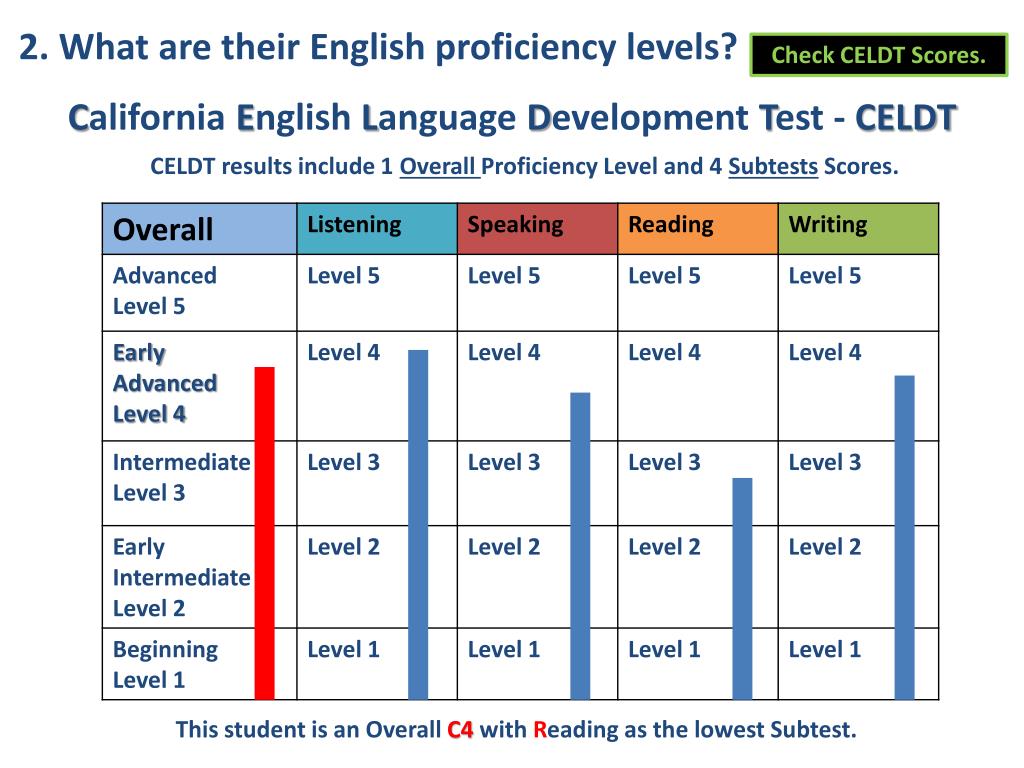
For a weak level of reading competence, texts with the following properties are suitable for subject teaching:
- The text consists of 2-3 paragraphs.
- The text consists of short sentences without complex constructions and special language tools.
- There are no more than 3-4 terms in the text.
- The main idea is clear, simple, clearly formulated at the beginning of the text.
Texts that are suitable for this level of reading, the system "Reading Analyst" refers to texts for a weak level of reading for subject teaching. nine0004
Educational level
Description of the level
Reading has an average level, which is reflected in errors in words and intonations when reading. There is smoothness, except for those moments when complex words and phrases occur. Reading flexibility and expressiveness are present when reading light texts. For more complex texts, adult assistance is required.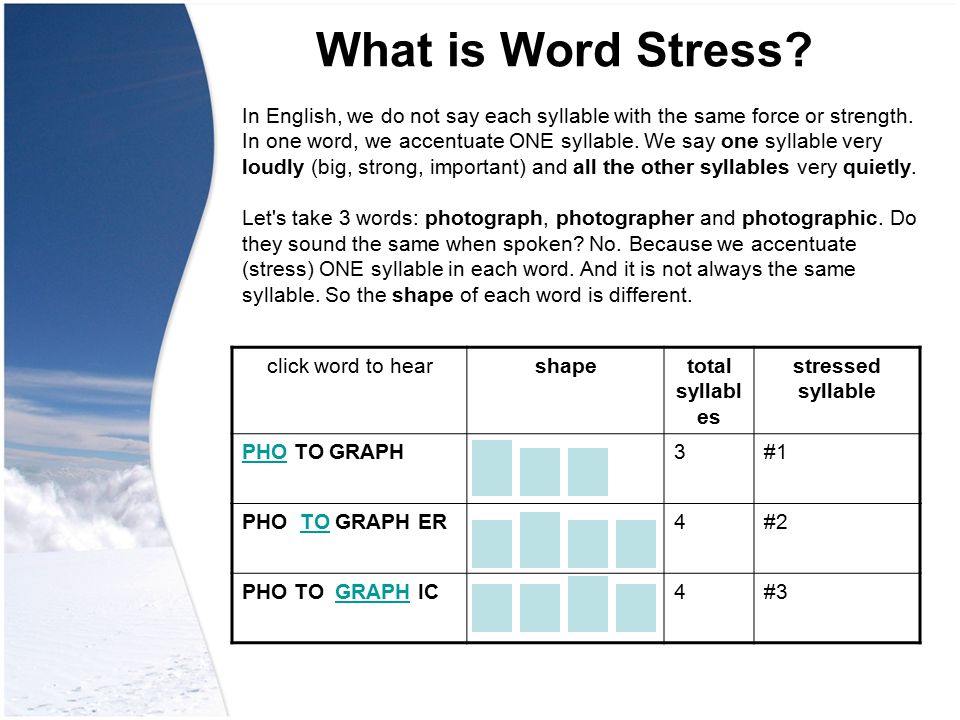 Understanding of the text is adequate, but fragmentary. You can meet errors in understanding subtext and overtext. The accuracy of reading technique exceeds 85%, the error rate is 1 in 20 words. Ability to correct your reading errors - 2 out of 5. Reading speed is average. Can use information from the text within a narrow framework, generalize and find causal relationships, which allows answering questions of evaluative and convergent types. (Why? How? How? What do you think?)
Understanding of the text is adequate, but fragmentary. You can meet errors in understanding subtext and overtext. The accuracy of reading technique exceeds 85%, the error rate is 1 in 20 words. Ability to correct your reading errors - 2 out of 5. Reading speed is average. Can use information from the text within a narrow framework, generalize and find causal relationships, which allows answering questions of evaluative and convergent types. (Why? How? How? What do you think?)
Recommendations for the selection of texts for the academic level of reading for subject education:
Texts suitable for the academic level are intended to introduce you to the topic of the academic subject, to start studying the topic. Texts of this level can be used to develop the technique of semantic reading, as well as to develop the skills of reproducing the content of the understood text and answering questions about it. In addition, students who experience some difficulty in reading can read such texts for pleasure, which helps to strengthen the motivation to read.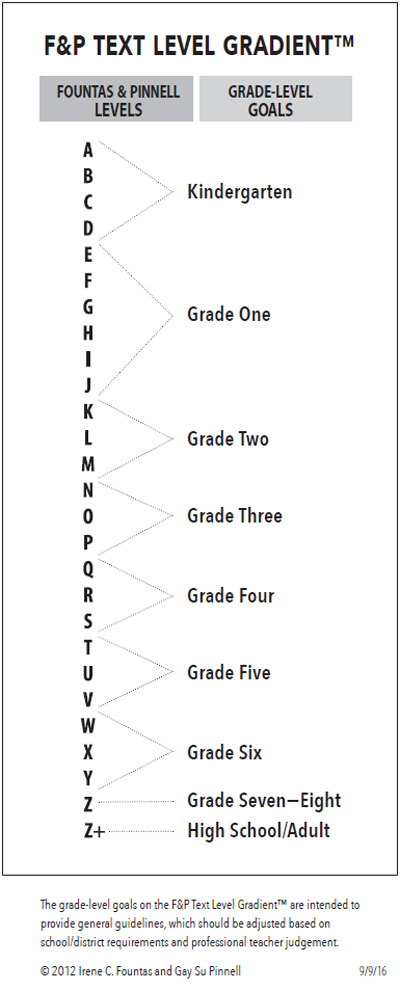 nine0005
nine0005
Texts for the intermediate level should have the following characteristics:
- The text has a simple logical and semantic structure.
- The main idea of the text is clear and distinct.
- The main idea of the text is located either at its beginning or at the end.
- Each paragraph is linked to the previous one by the corresponding means of communication.
- The volume of terms does not exceed 5–7 words.
Texts that are suitable in terms of their parameters for this reading level are classified by the Reading Analyst system as Reading level texts for subject teaching.
Independent level
Level description
Reading is easy. It is characterized by fluency, ease, a small number of errors, expressiveness. Able to discuss what has been read. The help of the teacher is not required when reading texts of any complexity.
The independent level of reading competence for subject education is characterized by the following student skills: complete (basic thoughts and details), precise (meanings of words are known), distinct (all linguistic ways of expressing meaning are known), deep (understanding of text, subtext, overtext, context) understanding of a rather long text, often containing conflicting information, from unfamiliar and unfamiliar subject areas.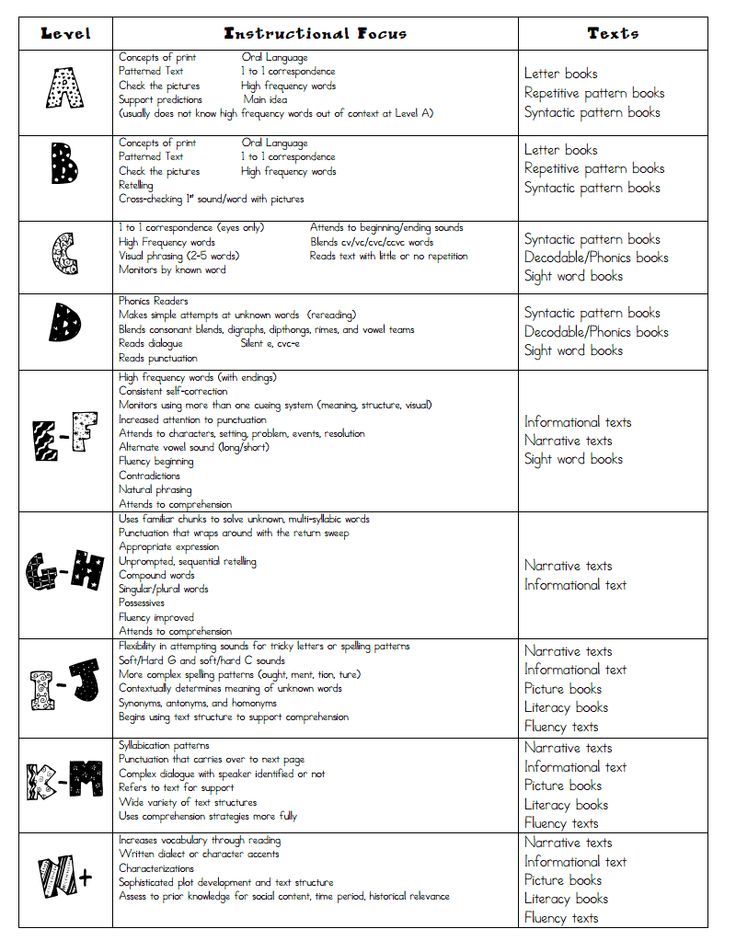 Inaccuracies in one of the four parameters are allowed. The ability to determine the difficulties of reading and understanding the text, as well as the quality of one's reading and understanding of the text, analyzing the quality of full and short answers to questions. Positive and interested attitude towards free, abundant reading. nine0005
Inaccuracies in one of the four parameters are allowed. The ability to determine the difficulties of reading and understanding the text, as well as the quality of one's reading and understanding of the text, analyzing the quality of full and short answers to questions. Positive and interested attitude towards free, abundant reading. nine0005
Recommendations for the selection of texts for the independent level of reading competence for subject education:
A text suitable for the independent level can be designed to deepen knowledge in a particular academic subject, it introduces a large number of facts and terms. In addition, texts of an independent level are suitable for the formation and development of mental operations of analysis and forecasting when working with text, as well as the ability to make annotations, questions, formulate full and short answers to them. nine0005
Texts suitable for independent reading competence for subject-specific learning are characterized by the following properties:
- The text contains the author's opinion, is emotionally colored.
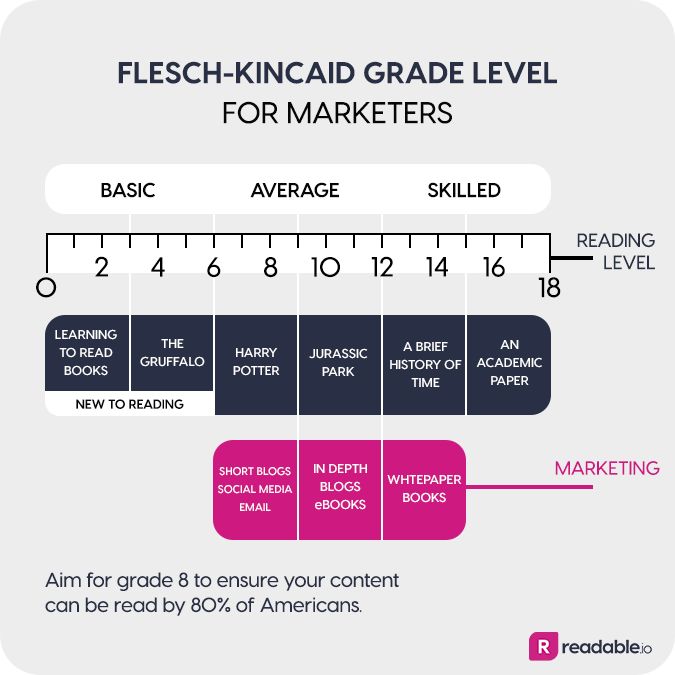
- The structure of the text can be complex, complex, the main idea is read from the text and can be located anywhere in it.
- The text contains a problem that the reader formulates independently based on its content. nine0007 Understanding the text requires background knowledge hidden in the text.
Texts that are suitable for this level of reading, the system "Reading Analyst" refers to texts for independent reading level for subject education.
Reading speed test. Online simulator for developing reading speed and awareness skills in 2021!
Reading speed is an important indicator not only for schoolchildren, who regularly check it. It is very important for an adult in the modern world to be able to navigate in huge flows of information. A reading speed test will help you determine your current level and see if you need to work on improving this skill or if you are reading fluently enough. nine0005
Contents
1.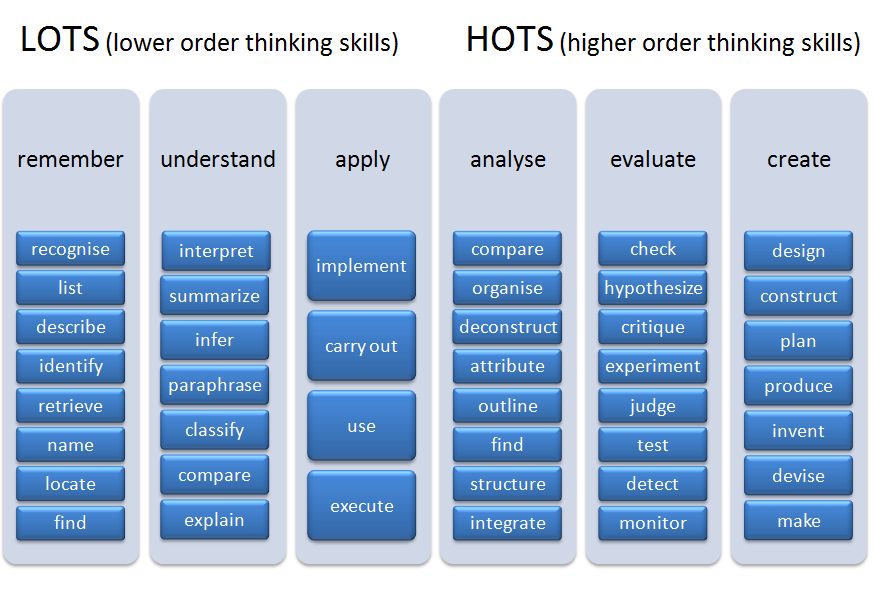 How to check reading speed?
How to check reading speed?
2. How can I check my reading speed myself?
3. How to test a child's reading speed?
4. What reading speed is considered normal for adults and children?
5. How to choose the right text to test reading speed?
6. The book "Everything you wanted to know about speed reading, but were afraid to ask"
How to check reading speed?
The easiest way is to take a stopwatch (you can use the application on your phone), a text to check your reading speed and read it at a normal pace for one minute. It is important that the text is non-technical, does not contain highly specialized terms and concepts, and is not familiar to the reader. The text should not be too primitive. The testee must see the text for the first time so that the results are not artificially inflated.
But what do you care about speed, if you do not understand with what awareness you absorb the text? :) nine0005
A much better way to find out your reading speed is to take a free online test. To do this, sit back, enter your name in the form above, press the button and you will immediately see the text that you need to read, slowly, trying to understand everything that is written.
To do this, sit back, enter your name in the form above, press the button and you will immediately see the text that you need to read, slowly, trying to understand everything that is written.
When the entire text is read - click on the button at the very bottom. The program will automatically determine the reading speed and prompt you to answer a few questions to understand the degree of assimilation of the material. As a result of testing, you will receive not only the result of your reading speed and awareness, but also recommendations for improving your reading technique in the format of the book "Everything you wanted to know about speed reading, but were afraid to ask." Enter a name. Click the button and find out your real reading speed. Have a good day. nine0005
How can I test my reading speed myself?
We have prepared for you a tool with which you can independently check the speed of reading. Our tool include a certain amount of text that you need to read as quickly as possible.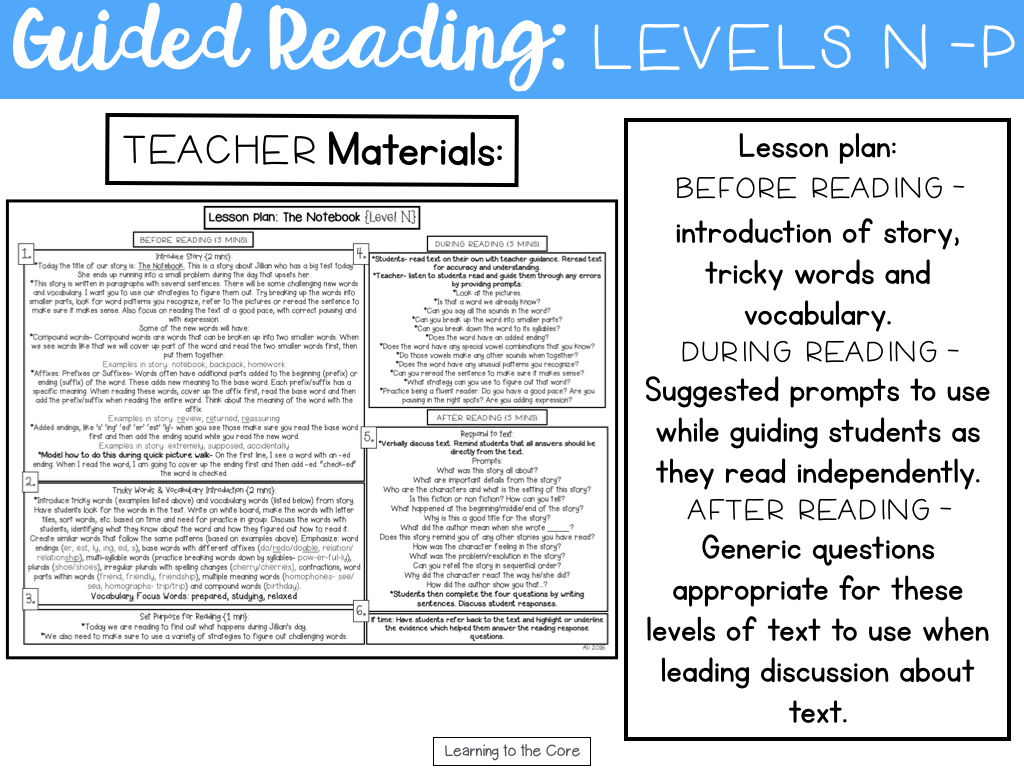 You will then have the opportunity to answer a series of questions about the text, allowing the program to determine your level of understanding. Based on the data received, a result and a certificate are issued. This certificate can be shared with your friends on social networks and challenge them to a battle to test the speed and awareness of reading :). nine0005
You will then have the opportunity to answer a series of questions about the text, allowing the program to determine your level of understanding. Based on the data received, a result and a certificate are issued. This certificate can be shared with your friends on social networks and challenge them to a battle to test the speed and awareness of reading :). nine0005
If you want to do it yourself, you can do it according to the following scenario. A text of medium complexity is taken, located on one sheet. You will need an assistant who will keep track of the time and will be able to test the level of your understanding of the information. Check algorithm:
Simultaneously with the start command and the start of the stopwatch, you begin to silently read the text.
When the text is finished, you say stop - time stops.
Then you need to answer a few questions regarding the content (reading speed implies a full reading comprehension). nine0005
The last step is to count the words in the text and determine the average number of words per minute (words in the text can be counted before reading).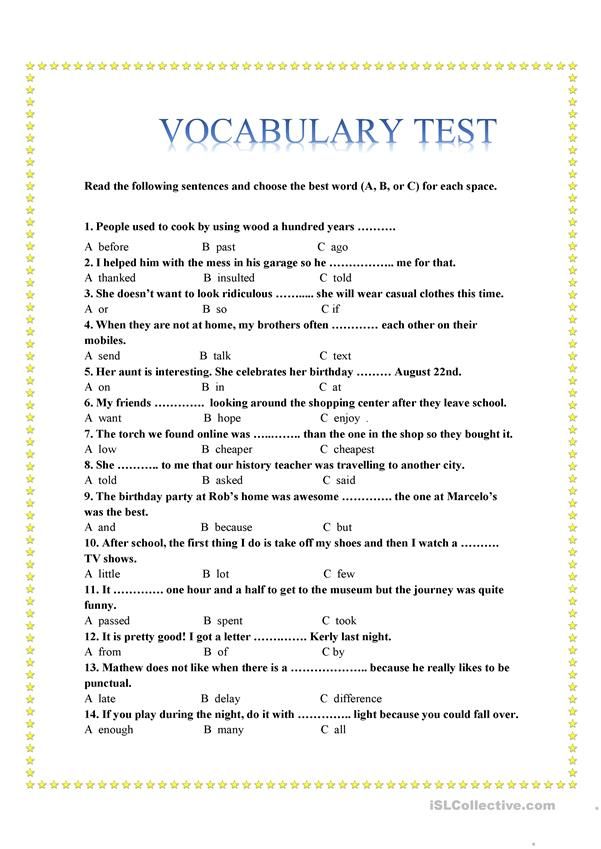
This is the certificate you can get based on the results of passing the test
How to check the reading speed of a child?
A child's reading speed can be tested in a similar way. The child should read aloud, at least in elementary school. Then you can switch to the usual way of checking for adults. nine0005
Schools often test reading technique by counting the number of words read per minute. This gives a small error, since words come in different sizes, but a similar verification method can also be used.
What is the normal reading speed for adults and children?
The average reading speed for an adult is 200-230 words per minute. Below average, but an acceptable rate is 150-200 words per minute. Adults who read more than 230 words per minute are considered fast readers. For the speed reading technique, the optimal speed is 350-400 words per minute. nine0005
In children, the indicators are dynamic and change depending on age.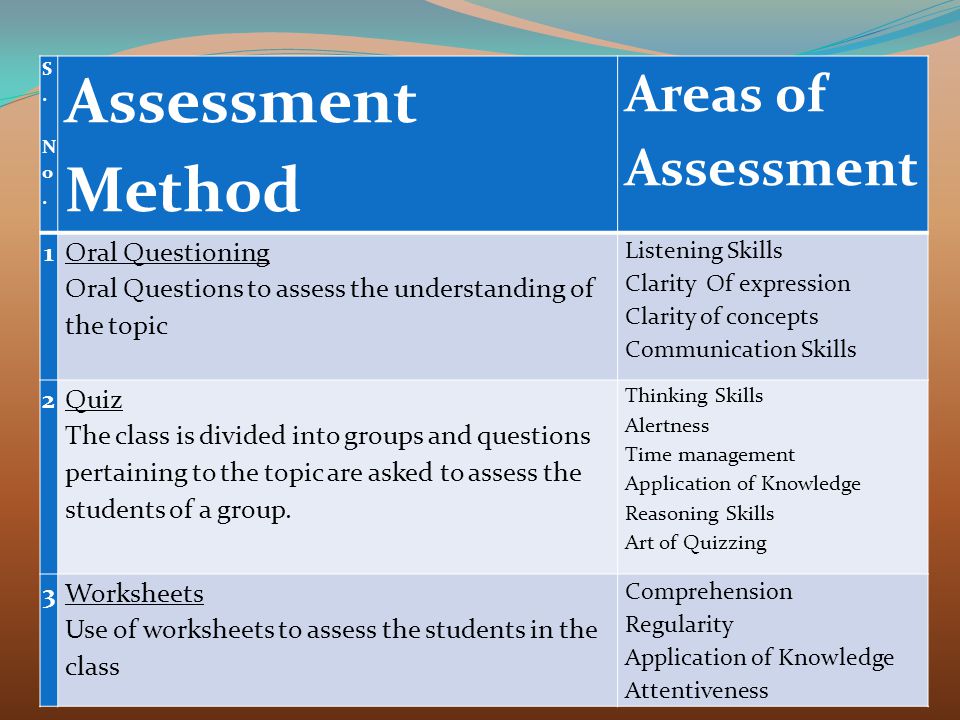 Approximate norms used in elementary school:
Approximate norms used in elementary school:
20-30 words per minute for first grade;
45-60 wpm second grade;
70-85 words per minute for third grade;
90-125 wpm for fourth grade.
How to choose the right text to test reading speed?
The criteria for selecting text to test reading speed are identical for adults and children. The only difference is the volume and complexity of the information. The text must match the following parameters: nine0005
medium difficulty appropriate for age;
the absence of specific unfamiliar words or their minimum number;
no dialogs;
location on one page;
large, comfortable to read font;
lack of pictures and other distracting elements.
In our tool for testing reading speed and comprehension, we tried to take into account all these factors so that the resulting tool would be convenient for both adults and children. At the same time, he gave a fairly clear answer to the question about the real reading speed.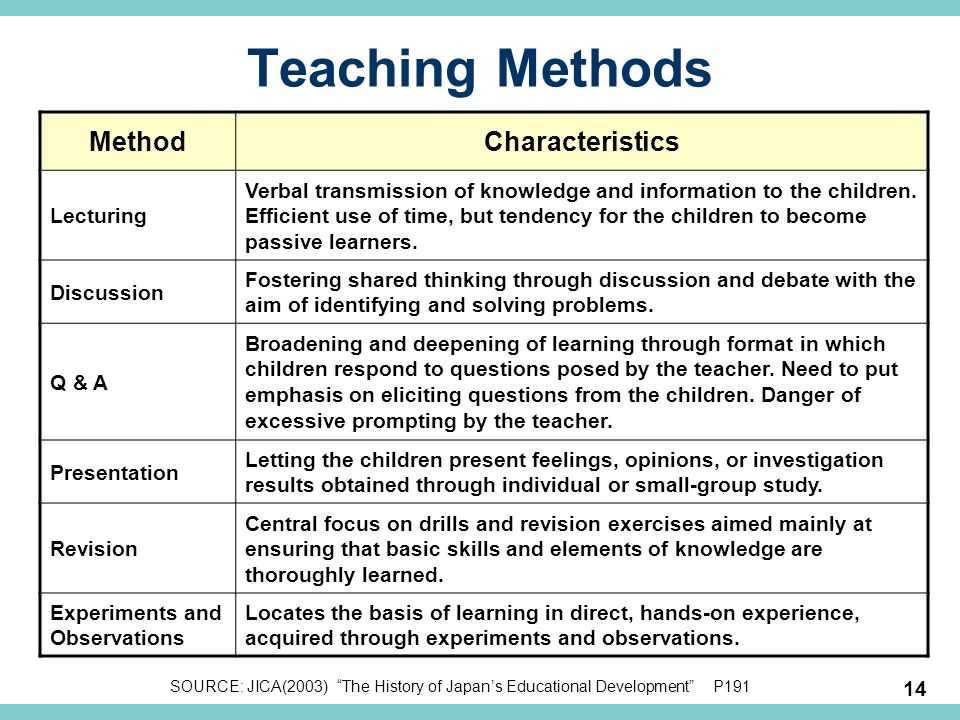 nine0005
nine0005
It should be remembered that reading speed is a variable parameter, which decreases if a person rarely sits down at a book, and increases with constant reading. There are many special techniques aimed at significantly increasing the speed of reading text information.
Everything you wanted to know about speed reading but were afraid to ask test. So don't waste a second,
go back to the very beginning of the page and go take the test!Reading speed test online is simple, convenient and fast
We have already written so much here about how to measure your reading speed correctly, achieve awareness and interpret the results, that every second of delay before you pass the online reading speed test and receive a personal certificate is just like death. Return to the very beginning of the page, enter your name in the field under the video and go to the enchanting world of unfamiliar texts and tricky questions :). nine0005
📖 Reading speed Q&A section
📕 What formula is used to calculate reading speed?
If it’s very short, then the formula for calculating the reading speed is as follows: V = (Q / T) x K.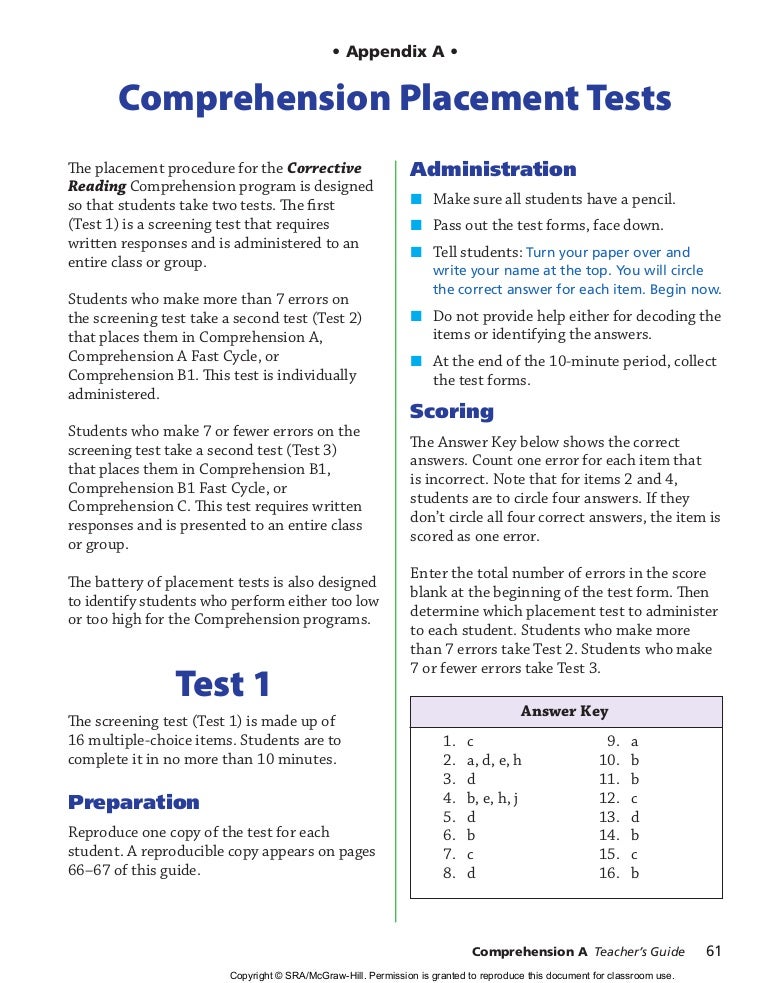 This formula allows you to get a real figure for reading speed with a correlation to the coefficient of meaningfulness. You can read more about the formula in this article .
This formula allows you to get a real figure for reading speed with a correlation to the coefficient of meaningfulness. You can read more about the formula in this article .
📗 What books do you recommend reading for developing speed reading? nine0004
We have compiled a list of the most useful books for the development of speed reading and posted it in a separate post on the blog. The list is constantly updated and gives an idea of the main books with which you can develop speed reading skills.
📘 What if I want to increase my reading speed?
You can start by studying the theory, or you can download our workbooks , which we came up with especially for those who who wants to start learning speed reading. There are two of them: one notebook for adults, the second for children. Contains some theory and practical exercises designed for several weeks of regular classes.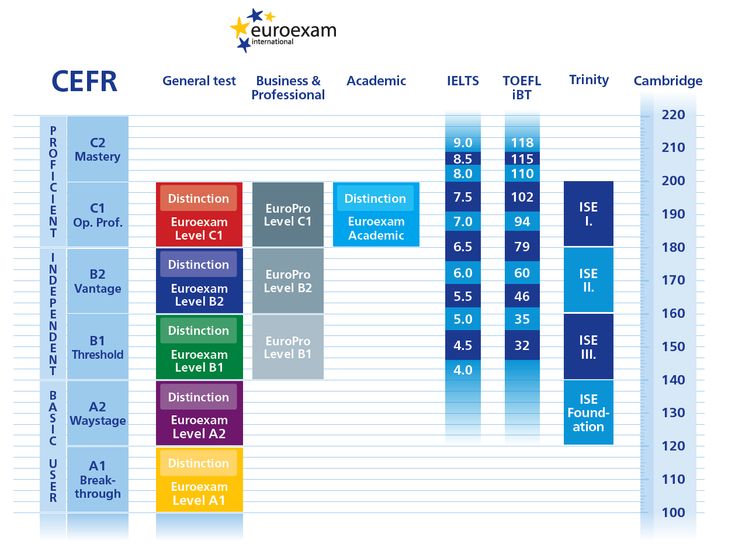 nine0005
nine0005
📙 How to check a child's reading speed?
The reading speed test, which is located on our website, is suitable for both adults, as well as for children. We specifically tried to choose mostly literary texts that will be easy to read. to understand the child. Just go to the reading speed test page from the link above, enter child's name and start reading. Then the program will do everything for you.
📔 I want to check my reading speed online for free. How to do it? nine0004
Easier nowhere. The tool, which is located at https://bukva.info/rapid/ , was created just for this. You just enter your name, read the text and answer the questions. The program monitors the speed of your reading and its meaningfulness. After answering the questions, you will receive a certificate with your result. The certificate can be shared with friends in social networks :).